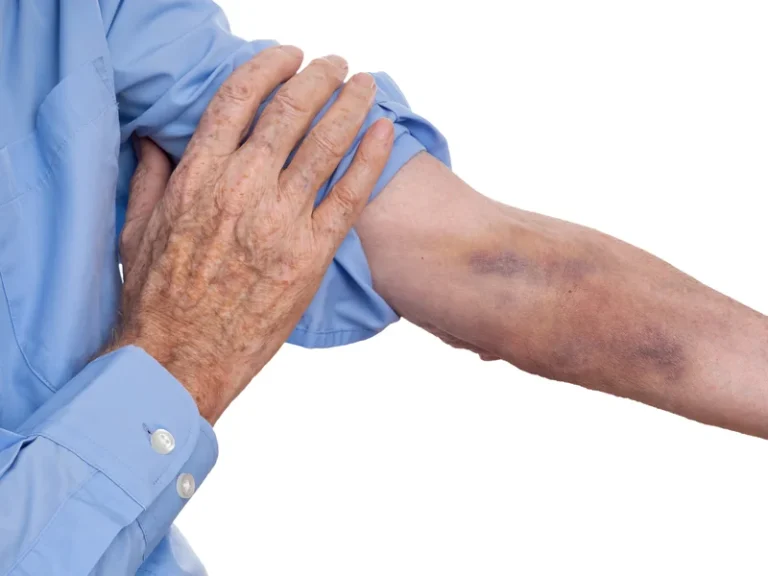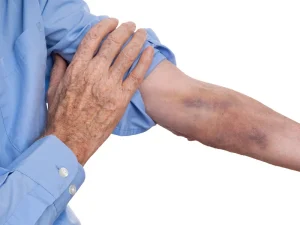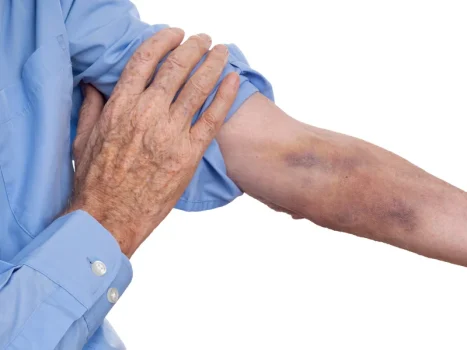
Between 17 and 19 months before your release date, the BOP will review your file and determine how much time, if any, you will https://ecosoberhouse.com/ spend in a halfway house. You may spend up to twelve months in a halfway house, but we rarely see placements longer than six months. If you spend the last portion of your sentence in a residential reentry center, or halfway house, you will be responsible for arranging transportation to your home when you are released from the halfway house. Your halfway house placement will usually be in Baltimore or Washington if you were convicted in Maryland, unless you have arranged in advance to return to a different community when you are released.

Tips for Managing Sobriety and Depression
- Alcohol, drugs, and related paraphernalia are prohibited inside the home.
- Visitors are required to have a valid ID and must be 18 years of age.
- This reflects a shift in thinking—from punishment alone to a model where rehabilitation and reintegration are central to public safety.
- We’re here to help you take the first step toward lasting recovery.
If you conclude your federal sentence at what is a halfway house a federal prison, the Bureau of Prisons is required to provide you with transportation to the place of your conviction or your place of residence. Usually, the Bureau of Prisons will provide a Greyhound bus ticket to your home city. You will be permitted to take all of your personal property and will be provided a set of street clothes, or you may have street clothes sent to your facility within 30 days of your release.
- In some cases, residents may be given the opportunity to address and amend issues before more serious consequences are imposed.
- Halfway houses strive to create a safe and respectful environment for all residents.
- Therefore, each halfway house should set up its own rules about where visitation can take place – if it must be on the grounds, or in a common area, or if it can be anywhere in the home itself.
- ? Amenities – Look for a property that has amenities that can enhance the quality of life for your residents.
Outpatient Rehab Services

We have a page on our website that lists contact information for many different categories of reentry resources by county in Maryland. Your probation officer can also refer you to agencies that will help you get these services. Not all halfway houses have the same policy on smoking, vaping, or other tobacco products. Some facilities may have designated smoking areas or allow smoking in certain locations, while others may have a strict tobacco-free campus. Some halfway houses are co-ed, while others may be gender-specific. Some insurance plans may cover a portion of the cost of halfway house services, while others may not cover it at all.

Programs

This also mandates at least a four-months placement, as you’ll need to complete the Transitional Drug Abuse Treatment Program. Individuals may continue treatment or attend Oxford House counseling sessions to prevent relapse. Halfway houses strive to create a safe and respectful environment for all residents. Therefore, any material that is considered inappropriate, offensive, or pornographic is not allowed. This includes books, magazines, posters, or any other form of media that could potentially harm or offend others. By providing toiletries such as toothpaste, toothbrush, soap, shampoo, and deodorant, you ensure that the person can effectively clean themselves and prevent the spread of bacteria and infections.
In addition, running a halfway house requires a diverse set of skills, including leadership, management, and financial planning, which can be personally fulfilling and provide a sense of purpose. Residents of halfway houses have described deeply inadequate sanitation and disease prevention on top of the lack of social distancing. In the now-defunct Hope Village in Washington, D.C., residents reported packed dining halls, makeshift PPE, and restricted access to cleaning products and sanitation supplies. In a Facebook video, a resident described “6 to 8 people” leaving Hope Village daily in an ambulance. Federal RRC residents3 are generally subject to two stages of confinement within the facility that lead to a final period of home confinement. First, they are restricted to the facility with the exception of work, religious activities, approved recreation, program requirements, or emergencies.
- It’s important to note that most rehabs require individuals in inpatient treatment centers or halfway houses to have completed medical detox.
- Offender visiting facilities will permit opportunities for formal/informal communication.
- This includes organizations such as the Florida Department of Corrections, local probation offices, and non-profit organizations that provide services to people in need.
- The rules regarding cellphones in halfway houses can vary from one facility to another.
They assist with the inmate’s medical and mental health care.

Most halfway houses are group homes where several people are living in order to try to make adjustments in their lives that will allow them to move back into society. These might include mentally ill people, people who have just been let out of prison, or people who are working on starting a new life for another reason. Most halfway houses will have rules about where visitations can take place.

